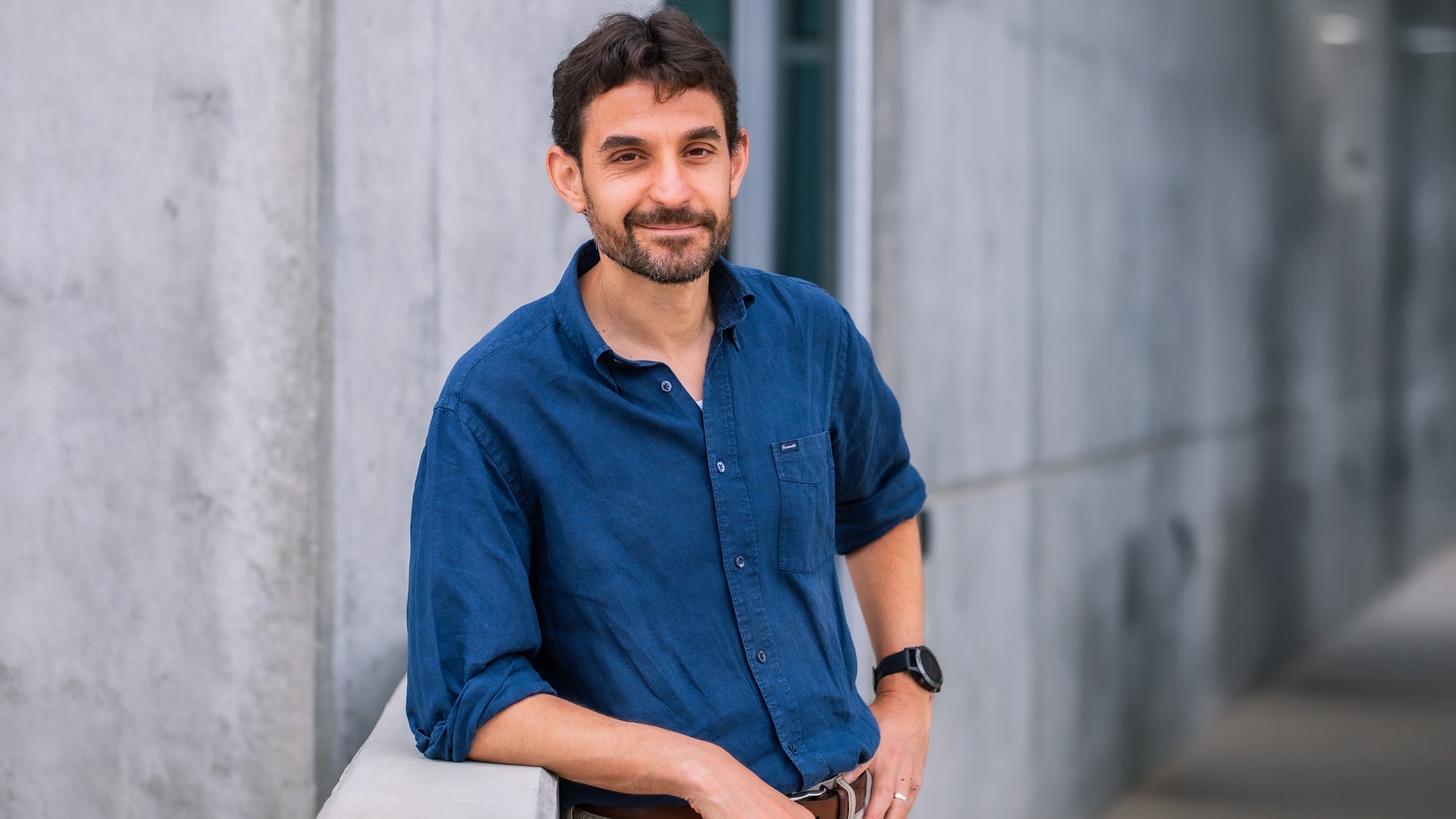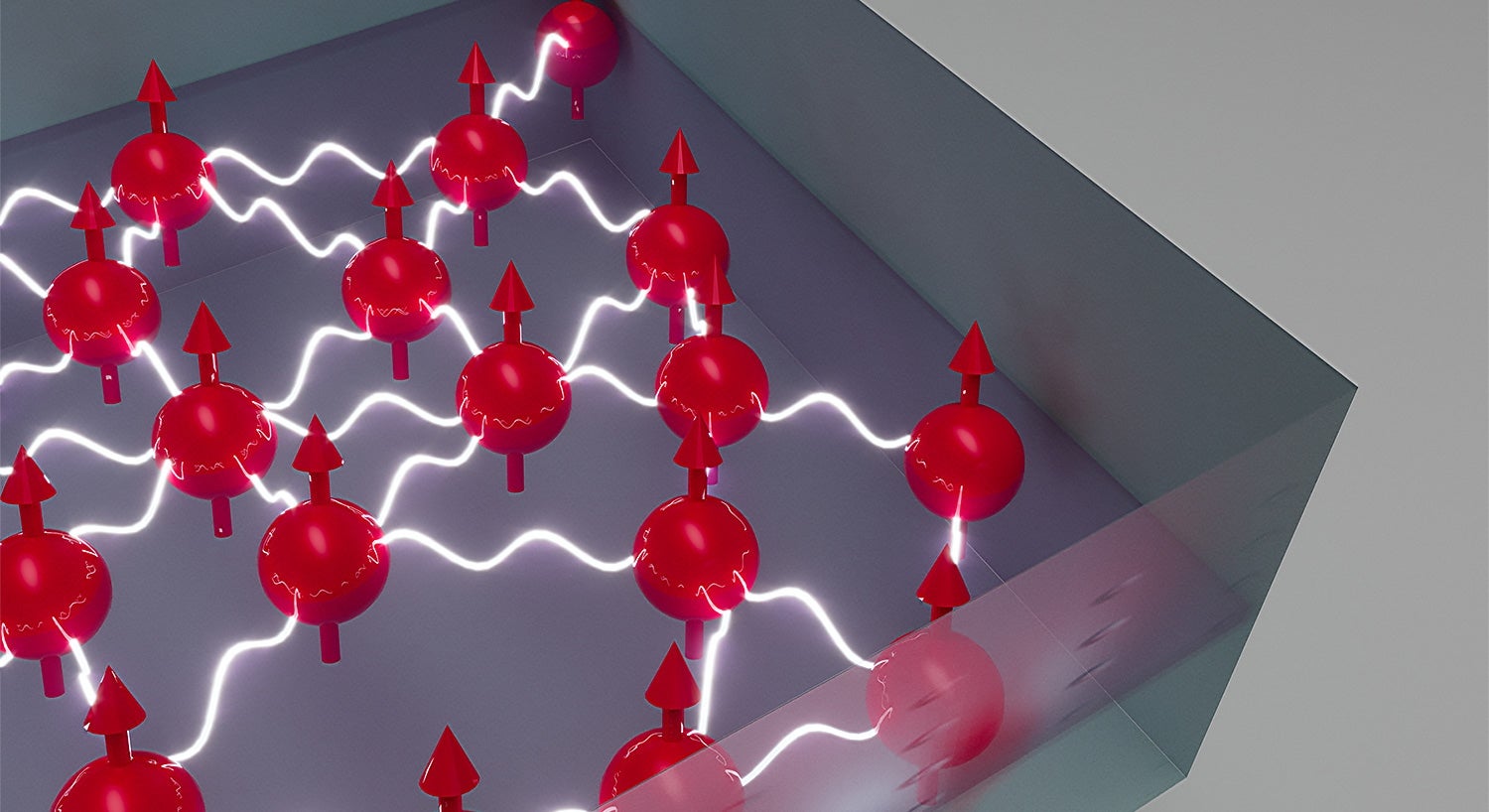A New Kind of Circus
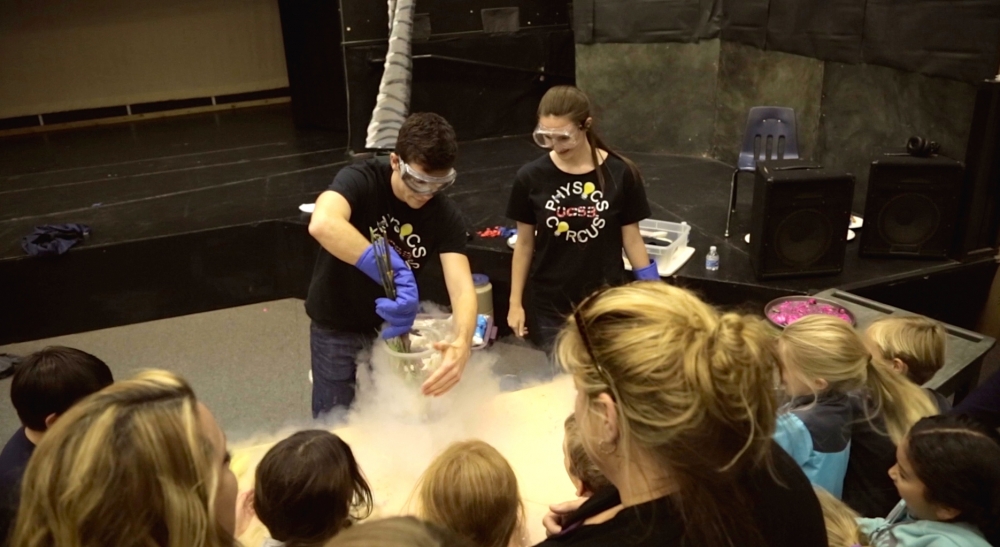
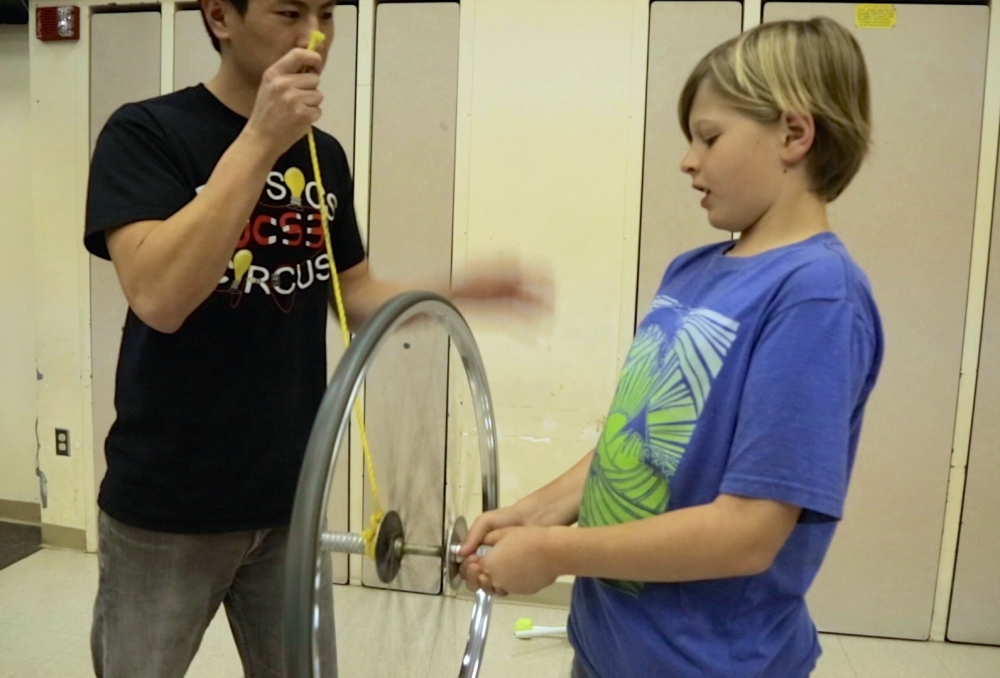
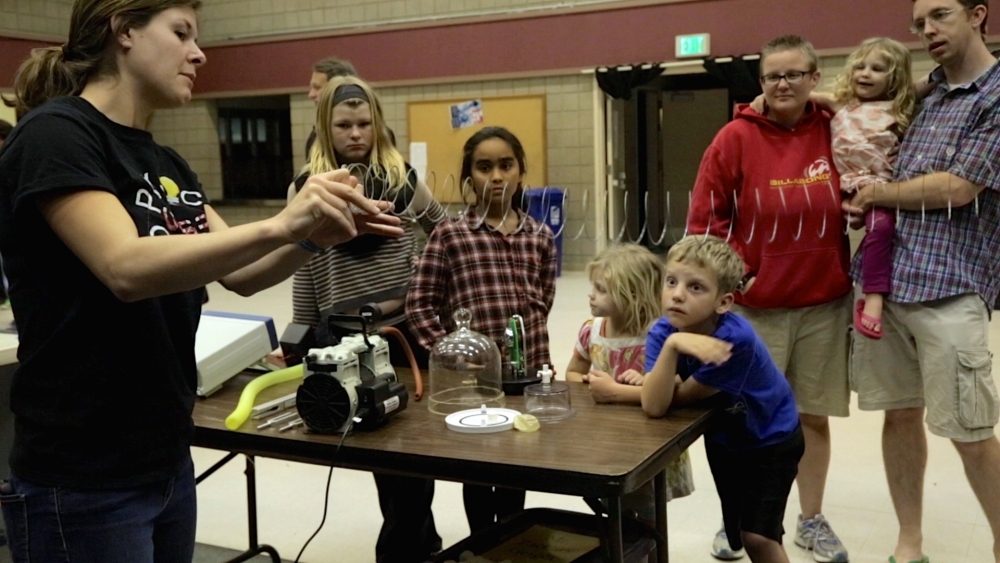
It was hard to tell who was having more fun at Monte Vista Science Night — the grade-schoolers, their parents or the dozen student volunteers from UC Santa Barbara’s Department of Physics, who had turned the Santa Barbara elementary school’s multipurpose room into a physics lab with a host of action-packed demonstration experiments designed to promote science education.
Welcome to Physics Circus.
Named after Jearl Walker’s book “The Flying Circus of Physics,” the program features six stations that cover conservation of linear and angular momentum, electricity, magnetism, air pressure, sound and temperature.
“The reason I do this is because of the kids,” said graduate student Zachary Geiger, the coordinator of Physics Circus. “I think that curiosity is really important to nurture in children, and our goal is to inspire the next generation of inquiring minds — kids hopefully destined for college — to be successful and to ask questions about the world around them.”
At Monte Vista’s Science Night, which also included displays from other departments, kids of all ages hovered around the Physics Circus’s liquid nitrogen display to watch flowers, bananas and even racquetballs freeze. Using a frozen banana to hammer a nail into a piece of wood, the volunteers explained how the fruit’s water content allowed it to freeze so readily. Then the group moved to the center of the room to test the elasticity of a room-temperature racquetball against that of its frozen counterpart. One bounced, the other shattered.
UCSB’s Jacob Hines, a third-year physics major who has been conducting Physics Circus demonstrations since last fall, explained why: “The molecules in the rubber don’t want to move when they’re cold; they want to stay close together, so I can’t bend the rubber as easily. It’s very interesting to do experiments with things at different temperatures because all sorts of properties can change.”
While the kids were having fun, they also were learning about phase transitions: liquids turning into solids or gases, gases changing to liquid. Elementary school students may know about ice melting into water or boiling water becoming steam, Geiger explained, but it’s not likely they’ve ever seen liquid nitrogen, even in their classrooms.
“We actually get to bring something that is about 300 degrees Fahrenheit below zero into a school setting,” he said. “This is something foreign to children. Maybe the coldest thing they’ve ever seen is dry ice, which is about minus 110 degrees Fahrenheit.”
When Physics Circus began two decades ago, science nights were not as common as they are today. “There were one or two schools that had any sort of science night,” recalled physics professor Jean Carlson, who created the program with then-graduate student Abigail Reid. “What I’ve seen over the course of my involvement is that this idea of science night and involving family in science activities at the schools has grown enormously in our community.”
Each quarter, Physics Circus visits eight to 10 schools, mostly at science nights. Geiger likened the program to a magic show. Both magicians and physicists do magic tricks, he noted, but physicists want to explain exactly how it was done. “We get to bring physics to life and foster kids’ inquisitive spirit,” he said. “I really like seeing their moment of wow.”
“Physics Circus is a way for our students to get involved and experience sharing their enthusiasm for science with the community,” Carlson added. “The kids and their families respond to the science, but I also see graduate students and undergraduates from the physics department responding to the excitement of the young students.
“Elementary students respond in a whole different way than college students when it comes to getting involved in science,” she continued. “You can see all the freshness and newness of science in their young faces.”

